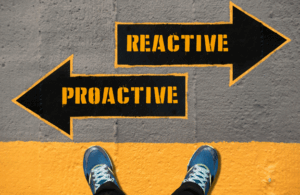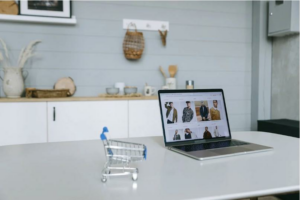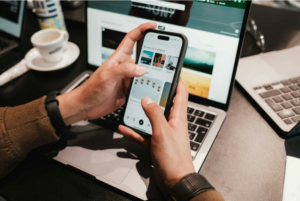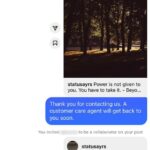LinkedIn is not merely a tool for job seekers and recruiters anymore—it has become a prominent spot for thought leadership and brand influence. With over 1 billion users, LinkedIn has become a vital setting for professionals to create their personal brands, share opinions, and be part of the industry’s current trends.
Thus, LinkedIn influencers—leaders who are constantly giving high-value content—are making significant contributions to the sector by influencing talks and actions.
Who Are LinkedIn Influencers?
Unlike Instagram or TikTok influencers who focus on lifestyle and entertainment, LinkedIn influencers are industry experts, executives, entrepreneurs, and niche specialists who create high-value, professional content.
- ✅ Long-form thought leadership articles
- ✅ Short, insightful posts
- ✅ Industry trend analysis
- ✅ Live sessions & panel discussions
- ✅ Engagement-driven polls and surveys
Big names include Gary Vaynerchuk, Neil Patel, and Melinda Emerson. Micro-influencers like Sorav Jain, Umar Tazkeer, and Rajat Jain are equally impactful with highly engaged audiences.
Why LinkedIn Influencers Matter for Brands
Boosts Brand Credibility & Trust
People trust individuals more than brands. When an influencer endorses or shares insights about your business, it appears genuine and credible. Their posts trigger comments, likes, and shares—amplifying your message through LinkedIn’s engagement-focused algorithm.
Drives High-Quality Leads
LinkedIn audiences are professionals with real buying power. Influencer interactions on the platform often lead to business inquiries and qualified leads.
Enhances Employee Advocacy
Encouraging employees to share professional insights humanizes your brand and fosters transparency.
How Brands Can Leverage LinkedIn Thought Leadership
1. Partner with Industry Experts
Choose influencers aligned with your brand’s values and target audience. Micro-influencers (5,000–50,000 followers) often provide deeper engagement.
Example: A SaaS company collaborates with a B2B marketing expert who discusses digital transformation, naturally mentioning the brand’s product.
2. Encourage User-Generated Thought Leadership
Let your executives and employees share their professional experiences and insights.
Example: CEOs post about industry issues, while staff host LinkedIn Live events or blog posts.
3. Leverage Influencer-Led Webinars & Live Events
Webinars and Q&A sessions are powerful for real-time engagement.
- Showcase expertise
- Build community trust
- Drive conversation
4. Sponsor High-Value Content
Work with influencers to co-create sponsored posts and professional collaborations that introduce your brand ethically.
Example: A cybersecurity firm partners with an influencer for an in-depth article on the latest threats, featuring the firm’s tools as solutions.
5. Utilize Employee Advocacy Programs
Train employees to become micro-influencers by offering:
- Thought leadership workshops
- Content writing support
- Recognition for top posts
Example: A marketing agency highlights “Top Voices” among its staff each month.
Best Practices for LinkedIn Thought Leadership
- Quality > Promotion: Offer value before asking for anything.
- Engage: Reply to comments and build relationships.
- Be Consistent: Post 2–3 times weekly to stay visible.
- Use Visuals: Infographics and stats increase engagement.
- Be Authentic: Ditch corporate jargon—share real stories.
Conclusion
LinkedIn influencers are shaping how business conversations unfold. For brands, this is a golden opportunity to grow trust, attract quality leads, and cement industry authority. Whether through expert partnerships, employee empowerment, or content sponsorships, 2024 is the time to lead with thought leadership.
Is your brand leveraging LinkedIn thought leadership yet? If not, now’s the time to start!









